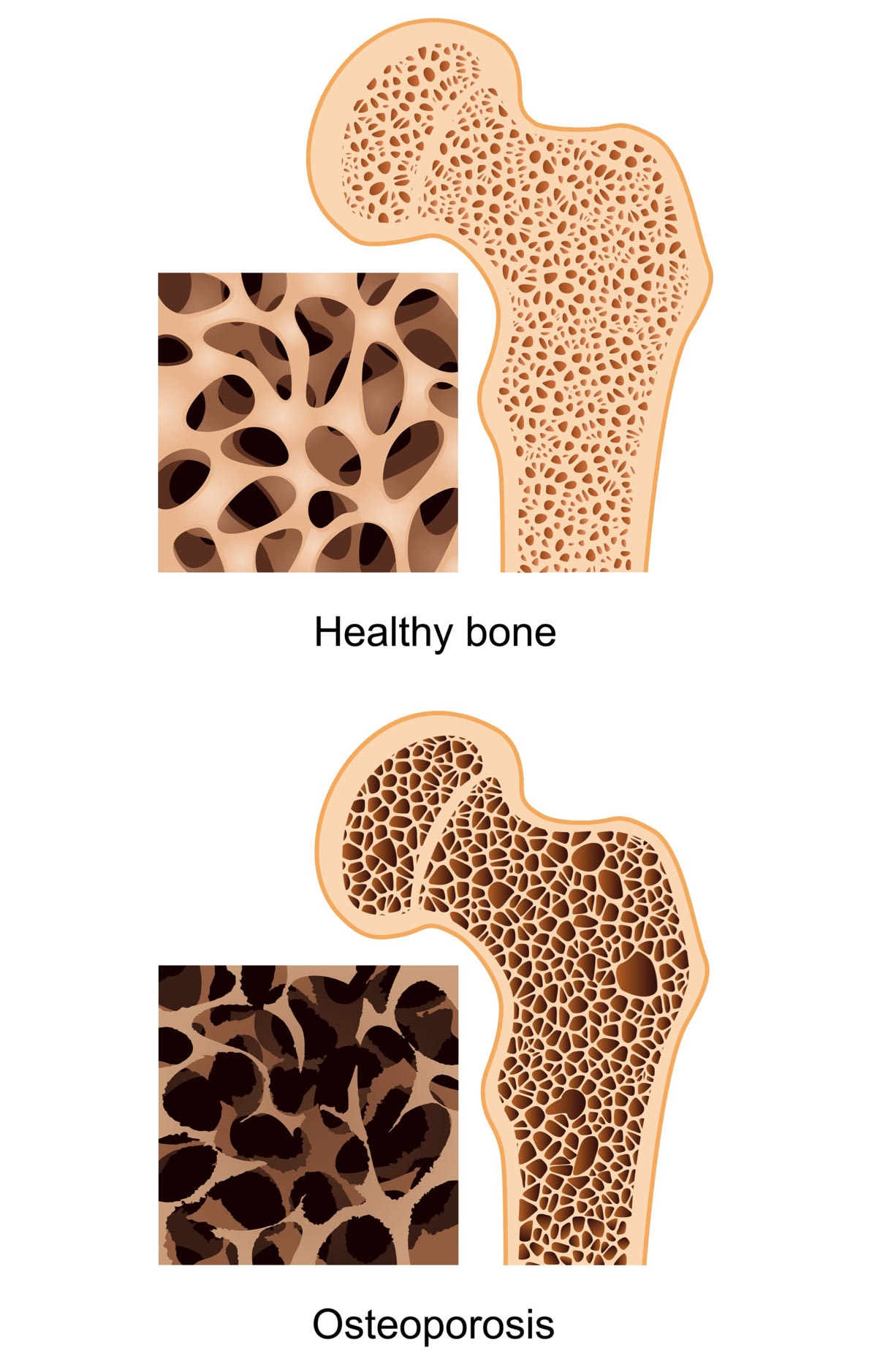
Table of Contents
ToggleWhat is Osteoporosis?
Osteoporosis is defined as “a skeletal disorder characterized by compromised bone strength predisposing a person to an increased risk of fracture” (1). Osteoporosis is when the bone density of an individual has a T-score of less than -2.5. Osteopenia (low bone mass) has a bone mass density score of -2.5 to -1.0 Normal range for a T-score of bone density is between -1.0 and 1.0. It is currently estimated that nearly 2/3 of Australians over 50 suffer from low bone mass (30% of whom are male) (2). One of the most effective treatments for osteoporosis and osteopenia is exercise.
How?
This is due to the fact that bone is a dynamic tissue with the capacity to adapt to changing loading requirements. This means that when provided the appropriate stimulus bone density can be improved, and as research has shown exercise is one of the most effective treatments to achieve this (3). So how do we achieve this, this well depend on an individuals risk.
Find out how Exercise Physiology can help you—visit us today.
What can I do?
Research has shown that those who have the lowest bone mass and/or the lowest levels of previous exercise exposure will most likely experience the greatest response (4). Research had also shown those at low and moderate risk of developing osteoporosis a combination of impact loading and resistance-training exercises were integral in preventing the progression on bone mineral density loss (5). Impact loading involves jumping or hopping exercises to elicit bone stimulus changes. This would involve moderate – high impact activities several times per week. Resistance training needs to be at least twice per week to elicit any benefit.
Are there movements I should avoid?
For those patients with osteoporosis there are certain movements to avoid. This is especially important for those with know vertebral osteoporosis/kyphosis, they should avoid deep forward flexion activities, particularly when lifting or carrying an object (3). Other activities that should be avoided include: high impact activities, exercises that require rapid and/or loaded twisting and explosive or abrupt actions. To avoid these complications patients should receive training in safe lifting and appropriate postural positioning to avoid excessive loading of the affected areas (3).
Key points
- Exercises that involve explosive movements or high-impact loading should be avoided.
- Exercises involving loaded flexion and rotation should be avoided.
- Avoid non-weight bearing activities, as this does not increase the strength of bones.
- Begin lightly and gradually increase the amount of weight-bearing exercises and the resistance.
- Maintaining bone density requires weight bearing activities that have an impact on bones such as running, jumping and skipping
If you have any further questions or concerns about osteoporosis, osteopenia and exercise, please contact us and we can discuss this in more detail.
References:
- Osteoporosis Prevention D, and Therapy. NIH Consensus Statement Online, 2000.
- Watts J, Abimanyi-Ochom J, Sanders KM. Osteoporosis Costing All Australians. A New Burden of Disease Analysis – 2012 to 2022. Sydney, 2013.
- Beck, Belinda R., et al. “Exercise and Sports Science Australia (ESSA) position statement on exercise prescription for the prevention and management of osteoporosis.” Journal of Science and Medicine in Sport (2016).
- Winters-Stone KM, Snow CM. Musculoskeletal response to exercise is greatest in women with low initial values. Med Sci Sports Exerc 2003; 35(10):1691–1696.
- Sherrington C, Tiedemann A, Fairhall N et al. Exercise to prevent falls in older adults: an updated meta-analysis and best practice recommendations. N S W Public Health Bull 2011; 22(3–4):78–83.
Image credit:
Burleigh Heads Physio


The post Osteoporosis and Exercise appeared first on Chiropractic, Massage, EP.